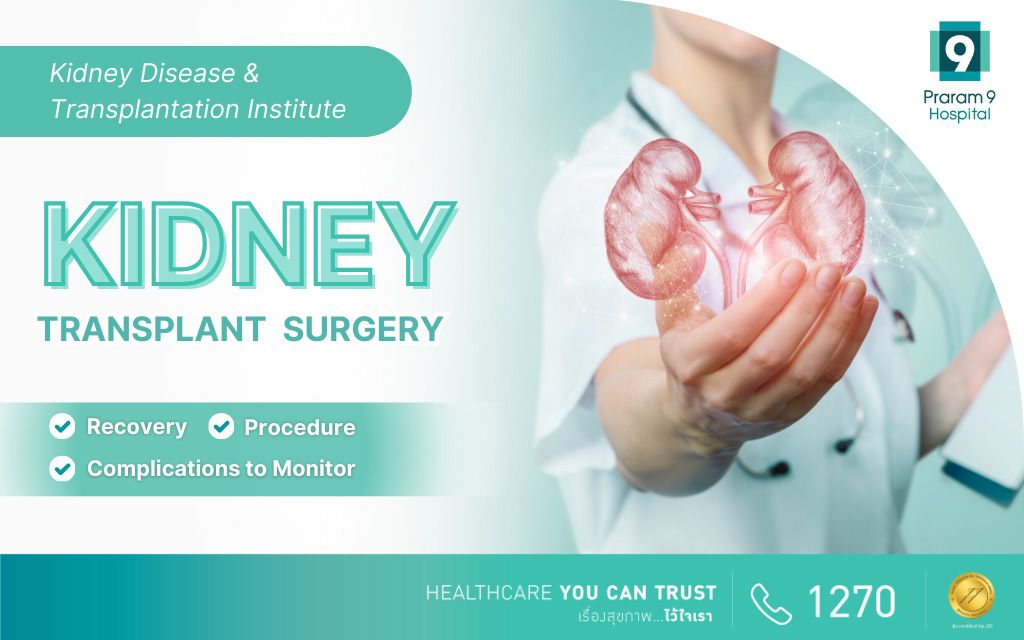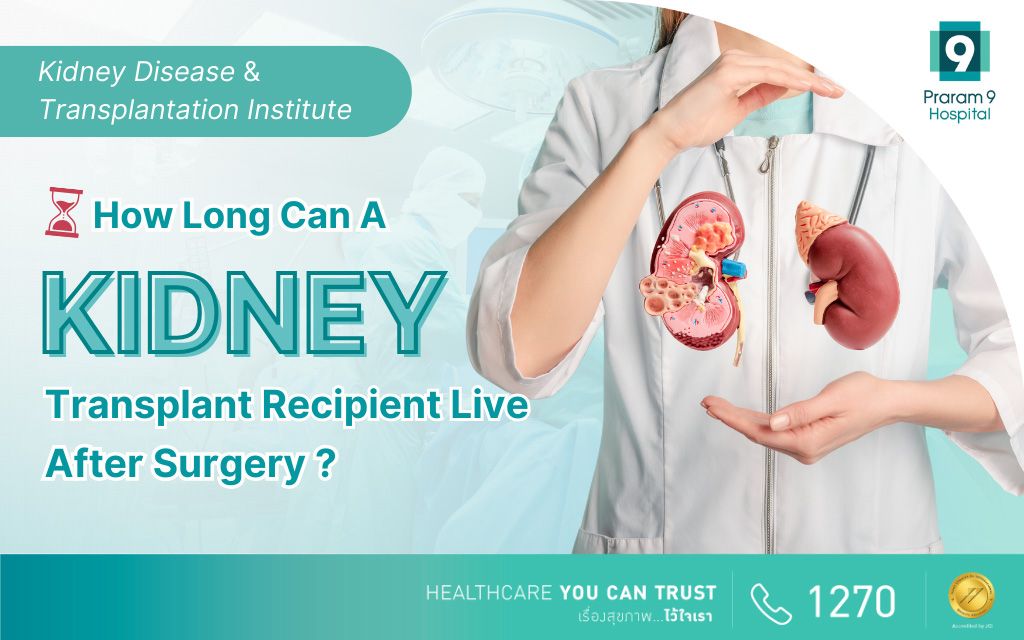Health Articles
Knowledge
LASIK Q&A

Being able to see the world clearly without the need for eyeglasses or contact lenses is the wish of many.
LASIK has been constantly popular amongst those who want to be free from glasses or contact lenses, as the technology continues to develop with modern techniques such as PRK, LASIK, FemtoLASIK, ReLEx SMILE, etc., allowing you to choose from a wide range of treatments from LASIK.
But which technique is best for us? What are the selection criteria for each technique? These are just some of the questions you might have, and we have compiled a list of Q&As for those of you who are interested in LASIK and want to find out more.
Contents
- How many types of LASIK are there?
- I’m short-sighted, can I do LASIK?
- I have astigmatism, can I do LASIK?
- Long-sightedness, can LASIK be done?
- Can someone with both long-sightedness and short-sightedness be treated?
- What are the advantages of LASIK?
- What are the disadvantages of LASIK?
- How old must I be to have LASIK?
- Can the elderly have LASIK?
- After LASIK, can I become short-sighted again?
- If I become short-sighted, can I repeat LASIK again?
- LASIK causes dry eyes, is it true?
- What are the side effects after LASIK?
- How many days after LASIK will I need to take to recuperate?
- Can I wear UV protective glasses to prevent myopia again?
- Who should not have LASIK?
- Can I wear contact lenses after LASIK?
- What are the preparation guidelines before LASIK?
- What are the precautions after LASIK?
- What are the practices to follow after LASIK?
- How much does LASIK cost?
- Seize the opportunity
How many types of LASIK are there?
There are 4 types of LASIK procedures that are popular nowadays:
- PRK (Photorefractive Keratectomy) Correction of vision by reshaping the top layer of the cornea
- LASIK Blade (LASIK) Correction of vision by creating a flap in the cornea
- FemtoLASIK (FemtoLASIK) Correction of eyesight by creating a flap in the cornea with Femtosecond Laser.
- Bladeless LASIK (ReLEx SMILE) Correction of eyesight by creating a tiny incision.
I’m short-sighted, can I do LASIK?
LASIK is not suitable for people with nearsightedness greater than 1,400. However, it is advisable to come in for a thorough examination first. If the visual acuity is within range, an ophthalmologist will recommend a suitable LASIK technique for people with varying degrees of myopia.
I have astigmatism, can I do LASIK?
LASIK can be done if you have mild astigmatism. However, astigmatism correction lenses may be more suitable for those with severe astigmatism.
Long-sightedness, can LASIK be done?
If you have mild to moderate farsightedness (hyperopia) can be treated with LASIK but if your farsightedness is severe, it is advisable to correct it by wearing glasses instead.
Can someone with both long-sightedness and short-sightedness be treated?
Those who are nearsighted with age-related presbyopia are usually aged 40 years and above. There are two methods of treatment:
- LASIK is able to correct the eyesight to see clearly in the distance, but glasses are required for near vision.
- Make one eye slightly short-sighted to make near vision clear, while the other eye can be made to see better for distances. This allows relatively clear vision of both near and far distances.
What are the advantages of LASIK?
LASIK is a technique for cutting the cornea to achieve a curvature that fits the eye, in order to achieve a sharp image and correct abnormal vision.
The wound also heals quickly and you can go home immediately after the surgery.
In the long run, LASIK gives us the freedom to live a more comfortable life. You will be able to participate in any activity which may have been hindered by poor vision or glasses. Furthermore, LASIK also enhances your confidence and self-esteem.
What are the disadvantages of LASIK?
One must pass the criteria for treatment such as not having certain eye diseases, before being able to undergo LASIK. Treatment techniques are suitable for only some individuals, and the possible various side effects must be understood first, in order to manage expectations.
How old must I be to have LASIK?
Ophthalmologists recommend being at least 18 years old before undergoing LASIK. The eyesight should also remain relatively constant with changes in the prescription not more than 50 (0.5D) for at least 1 year.
For the most part, people aged 25 – 40 with low vision values should not have much fluctuation in their vision.
Can the elderly have LASIK?
Elderly people are at risk for cataracts as well as other eye diseases such as dry eyes, diabetic retinopathy, and glaucoma that may affect the effectiveness of LASIK. An ophthalmologist should assess suitability first before determining if LASIK is a suitable treatment.
After LASIK, can I become short-sighted again?
LASIK can correct vision problems, but that does not mean that short-sightedness cannot return. There may be other reasons for myopia returning, depending on physical factors and heredity.
In addition, it also depends on the lifestyle of LASIK patients afterwards. For example, if the eyes are used continuously every day for a long time without rest, it may increase the chance of myopia returning. It is good to rest your eyes often with your eyes closed or looking in the distance.
If I become short-sighted, can I repeat LASIK again?
If the ophthalmologist has determined that the cornea is thick enough among other factors, you can repeat LASIK again.
LASIK causes dry eyes, is it true?
Dry eyes after LASIK can occur, but this usually gradually improves after about 6 months. The type of technique used as well as the pre-existing conditions of the eye can affect this.
An ophthalmologist will also assess the patient’s dry eye condition before LASIK. If the patient has a history of dry eyes, it will increase the chance of having dry eyes after LASIK. You must choose a type of LASIK that has fewer side effects that cause dry eyes, or in some cases, an ophthalmologist may not consider LASIK at all.
What are the side effects after LASIK?
Common side effects include dry eyes, or seeing scattered light rays particularly when looking at lights at night. These often go away on its own after several months.
The side effect which ophthalmologists try to avoid the most is cornea bulging. This is often caused when patients’ have thin corneas. This is usually assessed for before the procedure.
Another uncommon possible side effect is corneal flap displacement. This might occur after trauma or blunt injury, depending on the type of LASIK.
How many days after LASIK will I need to take to recuperate?
It depends on the LASIK technique. Each technique will create different wounds, affecting recovery time. The shortest length of recovery is usually 2 days and the latest is 2 weeks.
Can I wear UV protective glasses to prevent myopia again?
UV protective glasses cannot prevent myopia. The main cause of myopia is often due to health, physical, genetic, and behavioral factors. Wearing UV protective eyewear only provides UV protection for eye comfort.
Who should not have LASIK?
Patients who are immunocompromised, or have SLE, diabetes, rheumatoid arthritis, glaucoma, cataracts, macular degeneration, or other diseases related to the cornea or eye.
Patients who have thin or atypical corneas, or whose eyesight is still changing should not have LASIK. Pregnant women and breastfeeding mothers should also avoid LASIK.
Can I wear contact lenses after LASIK?
Yes, but it should be a contact lens with a curvature suitable to the cornea. Wearing the wrong type of contact lenses may cause corneal ulcers. You should consult an ophthalmologist before deciding to use contact lenses.
What are the preparation guidelines before LASIK?
First you should make an appointment with your doctor for a detailed eye examination, to ensure that you can do LASIK. After that, you can prepare for LASIK as follows:
- If under 20 years of age, a parent must be accompanying you.
- If using soft contact lenses, remove contact lenses at least 3 days before. If using hard contact lenses , remove them at least 7 days before, as this will help the doctor make a more accurate eye measurement, ensuring that the treatment is more effective
- Any regular medication should be informed to the ophthalmologist
- On the date of LASIK, prepare sunglasses and consider bringing friends or relatives to take care of you after the procedure.
What are the precautions after LASIK?
The most important consideration is to prevent infection as follows:
- Wear an eye cover and do not remove it. This is to prevent subconscious or accidental contact with your eyes.
- If there are tears, dab the tears around the eyelids. Do not put your finger in the eye shields.
- Refrain from using your eyes as much as possible. Get plenty of rest.
- Be careful of getting water, dust or other small particles in your eyes.
What are the practices to follow after LASIK?
For the best results, LASIK patients should do the following:
- Visit the ophthalmologist as scheduled to monitor the results of treatment
- Apply antibiotic drops as prescribed by the doctor.
- Artificial tears can be instilled as often as needed (according to the doctor’s advice)
- Do not allow water or dust to enter your eyes to prevent infection
- Don’t rub your eyes or remove the eye shield unless necessary. This must be worn all the time, even when sleeping. This will help prevent accidentally rubbing your eyes.
- Refrain from wearing makeup around the eyes for at least 1 week to reduce the chance of eye irritation.
- Wear sunglasses to reduce discomfort from the light.
- Avoid overuse and straining of your eyes
- Refrain from any strenuous activity for 1 week.
- Refrain from water activities, such as no swimming for 1 month and no diving activities for 3 months from the date of surgery.
How much does LASIK cost?
A: The cost of LASIK depends on the technique chosen according to the medical condition of your eyes. At Praram 9 LASIK Center, LASIK ranges between 35,900 – 90,000 baht based on the technique.
Seize the opportunity
Praram 9 LASIK Center understands that LASIK is a big matter that requires contemplation, planning and decision-making and can also be quite expensive. Therefore we have prepared this article specifically to alleviate your doubts and concerns.
If you have any questions not addressed in this article, you can contact us to inquire further.
About the Author














